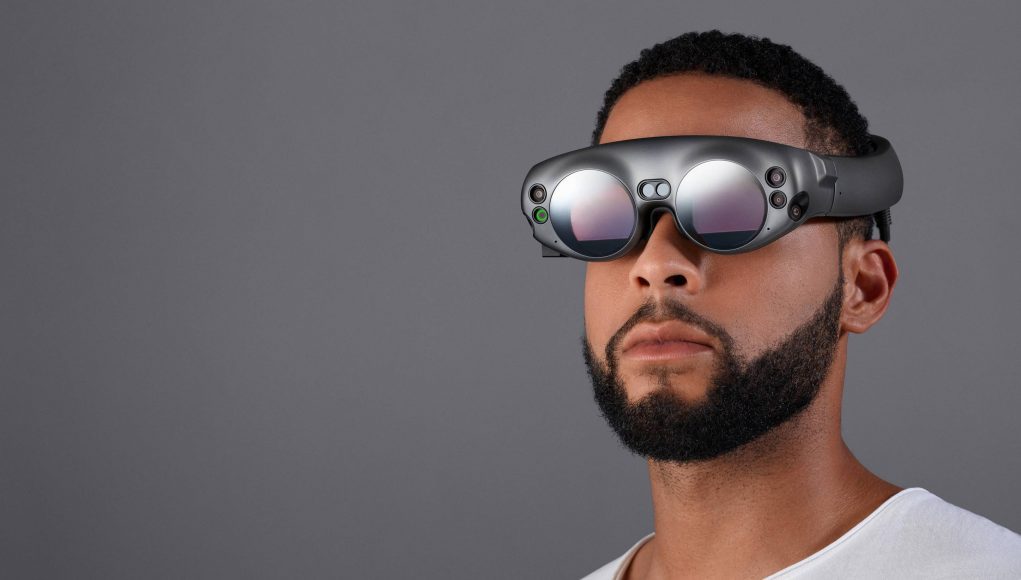Magic Leap today announced that AT&T, one of the leading cellular carriers in the US, has invested in the company and solidified a partnership making AT&T the “exclusive wireless distributor of Magic Leap products for consumers in the U.S.”
Magic Leap, which is building a highly anticipated AR headset, today announced that it has “completed” its Series D equity funding round with an investment from AT&T. The company had announced its $502 million Series D back in 2017, but it isn’t clear if the round had grown to include AT&T’s investment, or today simply marks the conclusion of investment matters for AT&T’s portion (we’ve reached out to Magic Leap for clarification). As part of the investment, AT&T Communications CEO John Donovan joins the Magic Leap board as an observer.
The investment also forms a partnership between the two companies, with AT&T becoming the “exclusive wireless distributor of Magic Leap products for consumers in the U.S.” That means the consumer version of the Magic Leap headset will be sold in AT&T stores, but that may not include the company’s very first headset, the Magic Leap One, which is being positioned more as a development kit than a consumer product.
“When available for consumers, AT&T customers will be among the first to experience [the Magic Leap product] in select AT&T stores in Atlanta, Boston, Chicago, Los Angeles, and San Francisco, with more markets to follow,” AT&T said.
The partnership also gives us reason to believe that future Magic Leap headsets (if not the ML1) will include cellular radios for wireless data.
“We’ve joined with AT&T because we believe in a combined vision of expanding high-speed networks, edge computing, and deep integration with creative content,” said Rony Abovitz, CEO of Magic Leap. “Coupling the strength of the evolving AT&T network with Magic Leap’s spatial computing platform can transform computing experiences for people.”
The move is similar to Apple’s play when it launched its first iPhone. The company struck up an exclusive distribution partnership with US cellular carrier Cingular, promising that the two companies would work together to push the network infrastructure forward to enable new applications and uses for the iPhone. Cingular merged with AT&T in 2007.
Magic Leap is among the top funded tech startups in the world, having raised more than $2 billion, according to Crunchbase.







